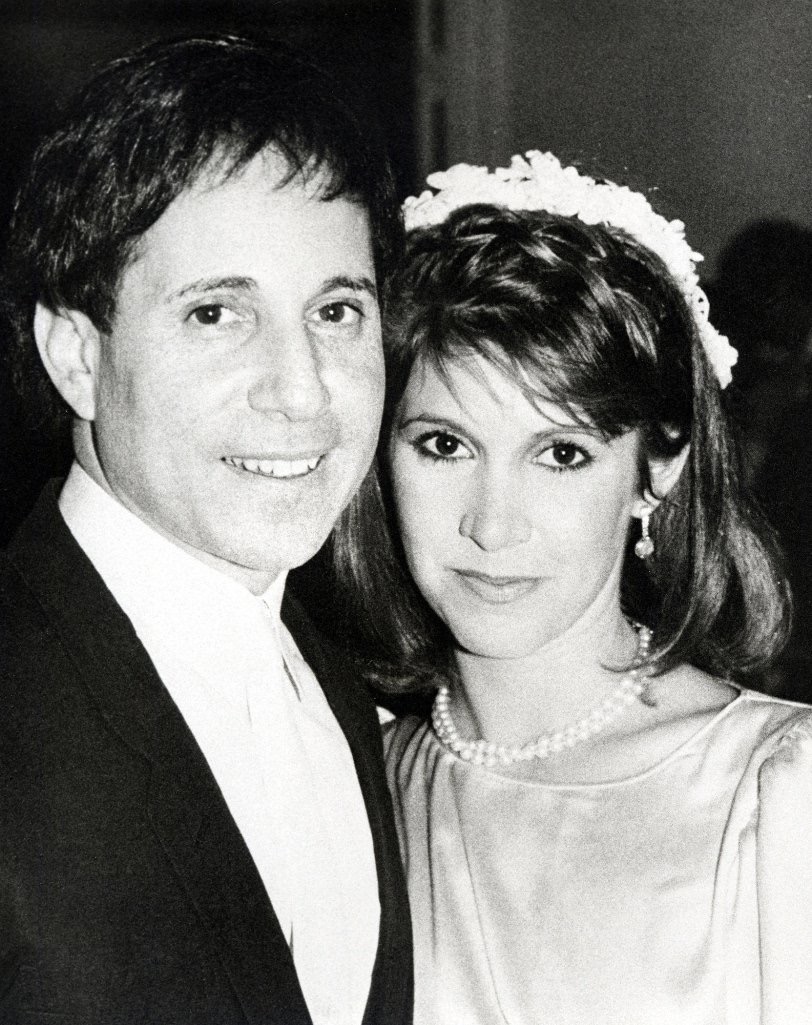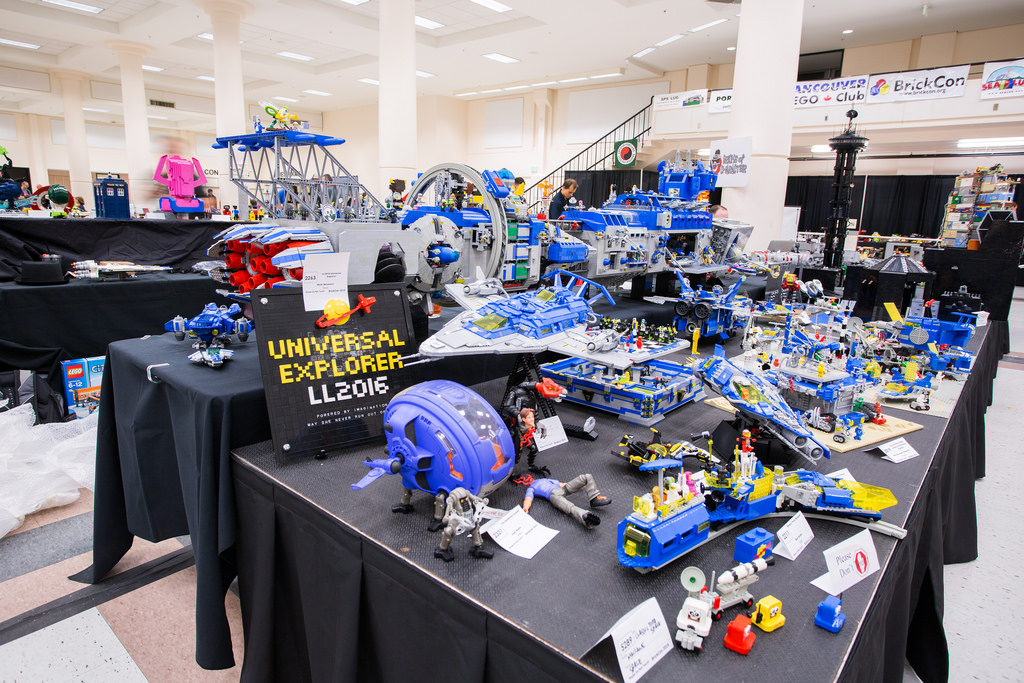As we end the second week since my company went all-virtual, I’ve been thinking a lot about some of my favorite memes about the pandemic—the ones that point out that Generation X, we of latchkey kids, self-parenting, and quiet isolation, as well as songs about “when to stay in” and being “stupid and contagious,” are well poised to survive this crisis. There’s more than a nugget of truth in these, and even though I was never a latchkey kid (thanks, Mom), I was always pretty good at entertaining myself and staying inside.
But there’s a darker truth under these memes. Somewhere in the back of most GenX’s mind is another archetypal narrative about having to be self sufficient indoors for an indefinitely long period of time while civilization ends outside. I’m talking about The Day After.
You can watch the movie on YouTube, but I don’t recommend it, especially right now. Suffice to say that the morning after this movie, which depicts midwestern families sorting through the rubble after a nuclear exchange blankets the entire world with radioactive fallout, was the only time that my thirty-plus-minute school bus ride across town to middle school was ever quiet.
It’s impossible to describe now how our psychology was shaped by the Cold War. Constant headlines about troop movements in Europe on the cover of Newsweek; the Doomsday Clock; saber-rattling from a hawkish president… all of it was in the background. But this movie was somehow more immediate and impactful. We might have done duck-and-cover drills in elementary school, but this movie was the thing that brought it home, particularly its depiction of the young heroine Denise running out of the fallout shelter to a beautiful blue sky… overlooking fields covered with highly radioactive fallout.
Thankfully, our current situation is wildly different in most ways from the world of The Day After. Our world is not going to end; in fact, it’s currently enjoying a respite from the normal air pollution caused by our global economy. And with the Internet unaffected by electromagnetic pulses, we can work, speak to our families, host virtual cocktail parties, even make it seem like we’re at the beach. (Thanks, Zoom and Slack.)
(Side note: I realized yesterday that video chatting on Webex may be forever dead to me, at least for the duration of the crisis. It’s one thing to show up on Zoom for a work meeting; quite another to put your face on Webex, with no virtual background blocking out the environment around your not-very-temporary home office.)
But the important difference with this crisis is the inversion in the danger profile. It’s not fatal for us to venture outside our houses—far from it, though I seem to be unable to make time for a brisk walk most days. But it might be really bad for us to meet another person. We cling to Zoom because it’s our lifeline, the only way for us to safely maintain human contact outside our immediate families.
Still, it’s important to remember, despite our GenX combination of resilience and post-traumatic stress*, that we are in a far, far better place. This pandemic will end. We will be able to greet one another again. And we can buy more toilet paper.
* It was a lot harder to write this than I thought it would be. The fear of nuclear annihilation is still in me all these years later. Scary as it is, I’ll take this future over that Cold War past.



